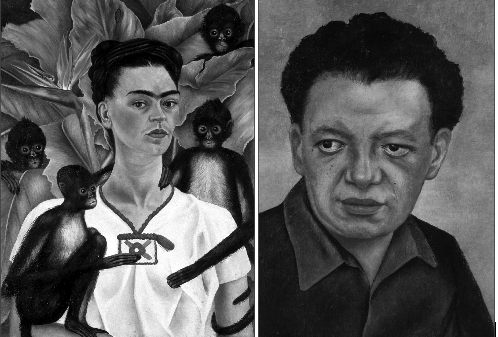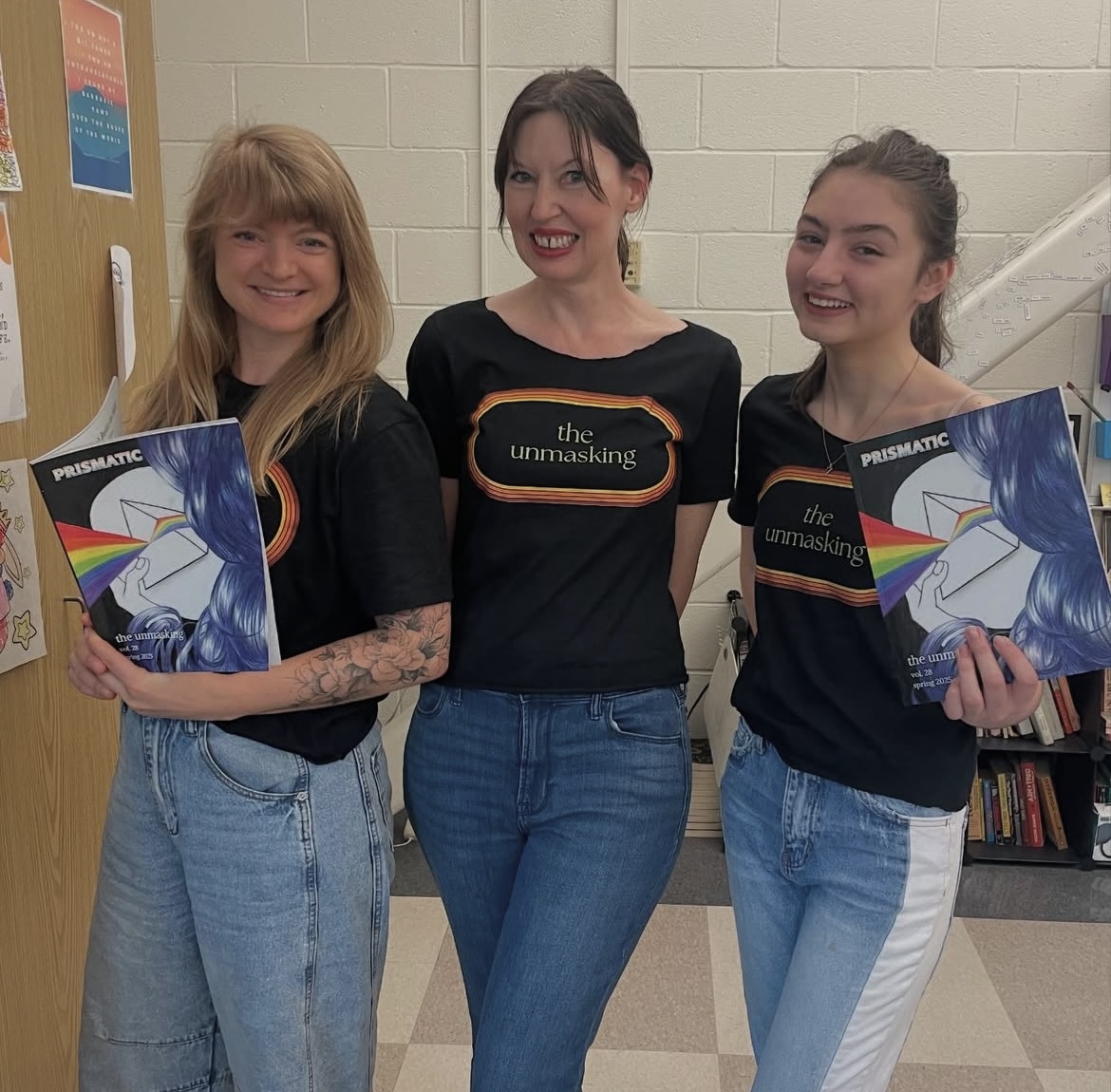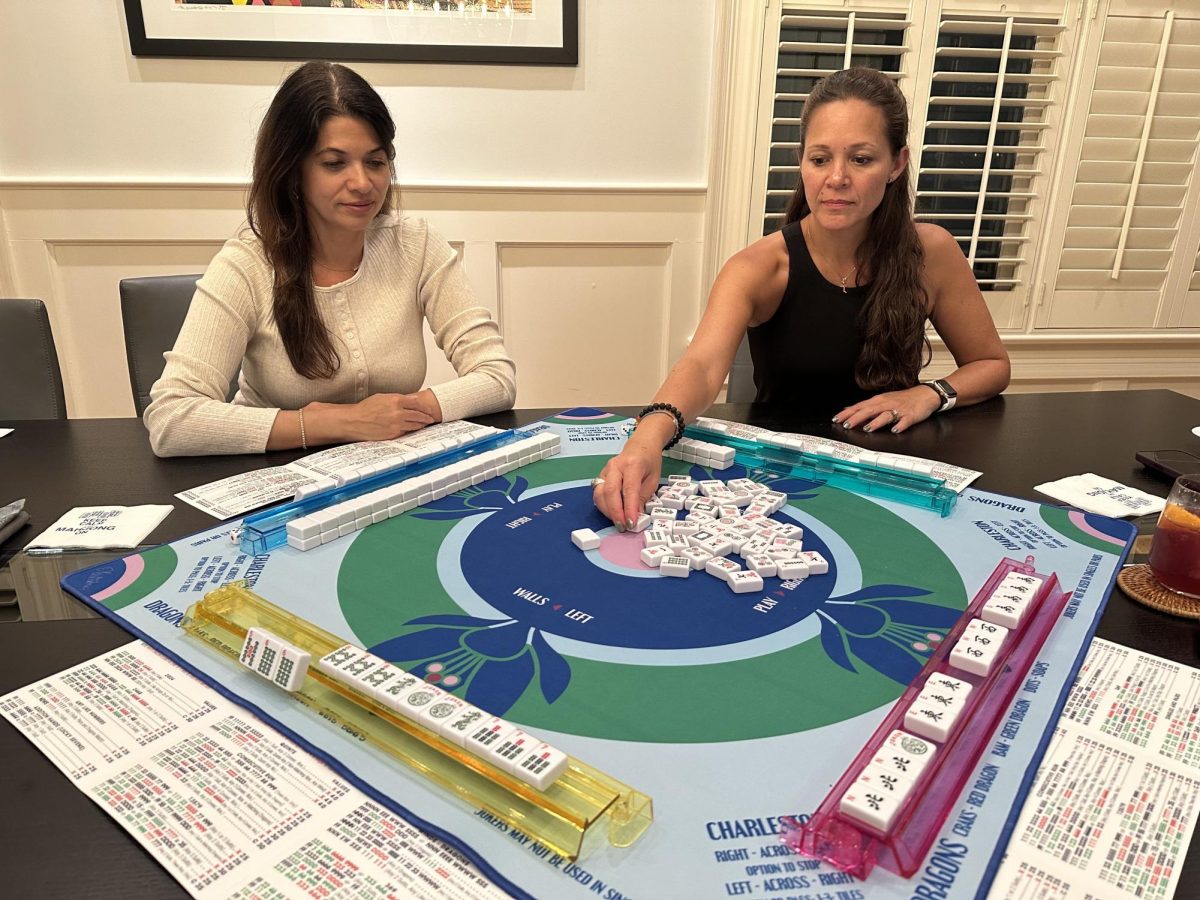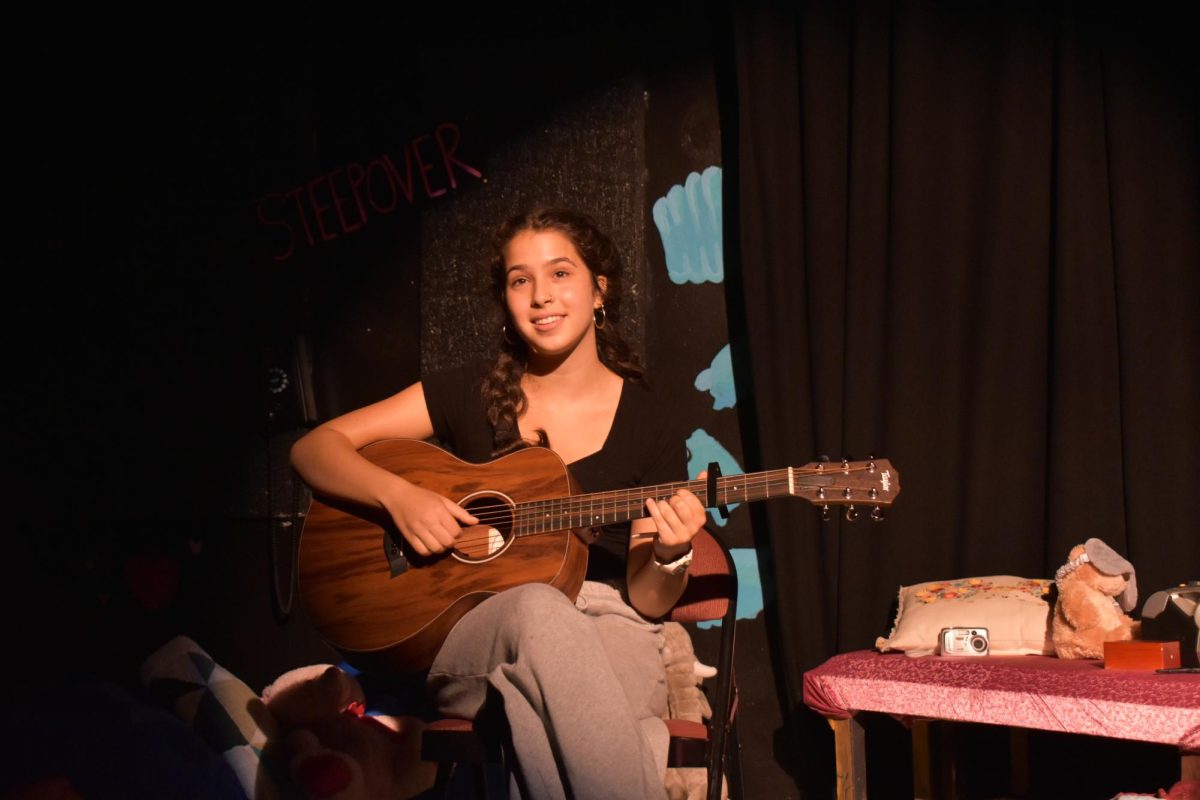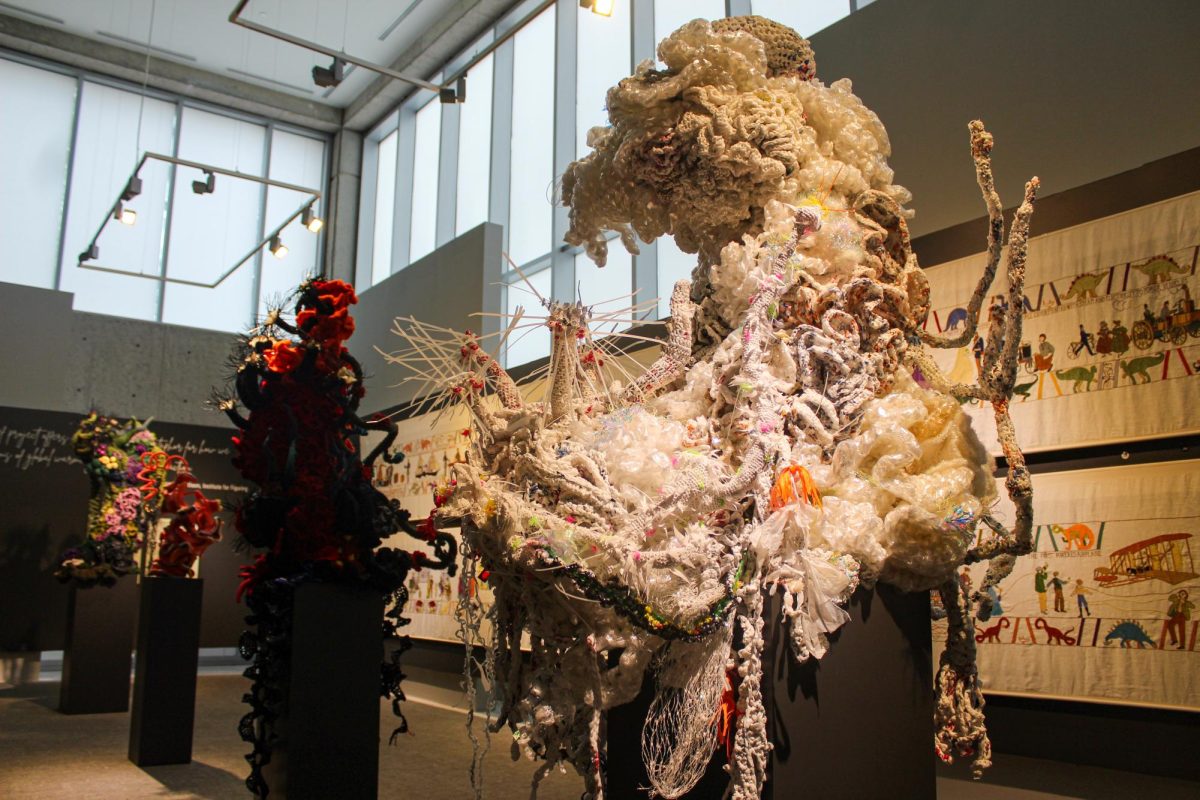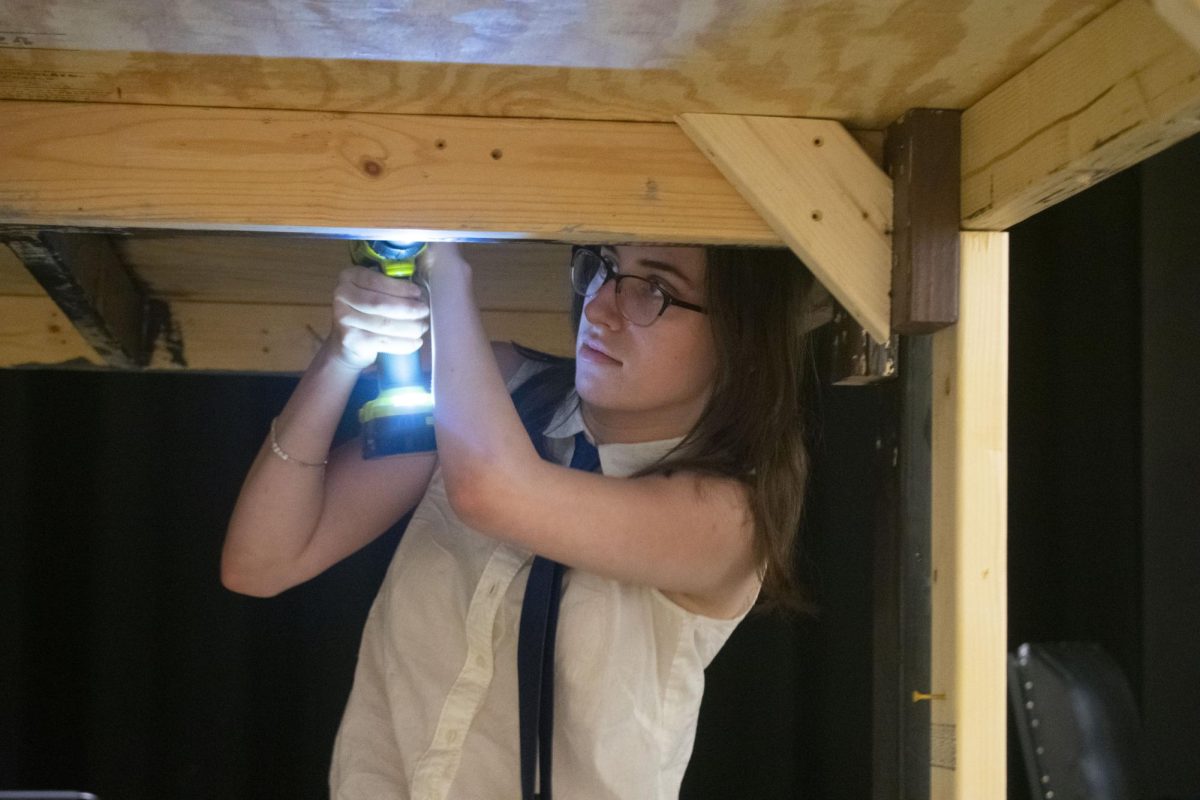
BY CARSON SHADWELL
Feb. 14 is considered by most to be a day of love and passion. It is fitting then, that the largest collection of works ever compiled from perhaps the most notable couple in the art world, Frida Kahlo and Diego Rivera, opened to the public at the High Museum of Art on Valentine’s Day. Talented, provocative and distinctive, Kahlo and Rivera were and remain highly recognizable artists as individuals and as a pair. Therefore, it was not surprising to see a congregation of thousands eager to enter the museum when I arrived for a first glimpse at the exhibit on opening night.
Women flounced around the atrium in traditional Mexican dresses and unibrows, honoring Kahlo’s fondness for her heritage and iconic facial hair. Crowds pushed towards the elevators that would take them to the exhibition. There was an air of intense anticipation uncommon for a museum. The elevators took me up and opened to reveal four simple portraits, two of Kahlo and two of Rivera, establishing the tone of identity as well as the unity of the exhibit. People poured in, adding to the flood of viewers already filling most of the gallery. Some donned headphones for self guided tours; others stood pensively in front of paintings; still others chatted animatedly in the midst of the action.
I was slightly starstruck by the paintings. Seeing the trademark vivid colors and almost boneless human renderings of these artists was like seeing a famous actor walking down the street. I had seen them virtually before, but never face to face. It was exciting and unsettling. By the time I reached the more iconic surrealist pieces by Kahlo, I could tell others felt the same way. I could sense everyone’s urge to touch the surface of the paintings, to lean in close enough to see the brush strokes. Protective glass prevented us from doing either.
Quotes, replicas and artifacts were scattered around the exhibit and allowed patrons to almost enter the artists’ lives. Kahlo’s back brace worn after her almost fatal bus crash lay in a case, painted with symbols of the communist and socialist parties. Both Kahlo and Rivera expressed their intense political beliefs in their paintings. In addition, a replica of the bed in which Kahlo spent time healing after the accident was open for people of lay on. It was strange to imagine Kahlo, unable to move, using a mirror rigged above her mattress to paint many of her self portraits. The exhibit included pictures of Rivera’s frescas enlarged to huge sizes and plastered to the wall. Alongside each painting lied a pair of descriptions, one in English, one in Spanish.
All aspects of the exhibition seemed intended to immerse people in the political and personal landscape of these artists who found a tumultuous love with each other. Their relationship, although tainted with frequent infidelity, appears strong from the modern perspective. Many of their paintings are of each other. They shared a deep pride in Mexico, similar revolutionary beliefs and a passion for the wellbeing of the common man.
The show will be open until May 12. High school students can view all the exhibits during the museum’s Teen Night on March 23 for free.

